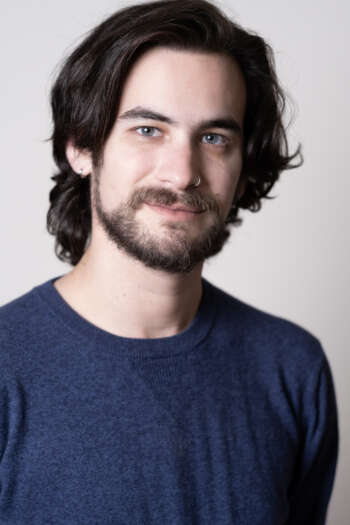I came to therapy through a search for what it meant to do good in the world
Years ago, I used to say I came to therapy through politics. While this is still true, I also realized, more recently, that I came to therapy through a variety of experiences. More than just electoral politics (though I volunteered for my first of many political campaigns at 13 years old), I am interested in political activism and social justice, which is what initially drew me to social work and my work with foster kids.
In college, I struggled with the question of what it meant to do good for the world and what sort of life, looking back decades later, I could be proud of as having given to humanity. It wasn’t until after college that I reconciled with that question when I moved to Chicago and began working at Kaleidoscope, an African-American-run child welfare agency known for its pioneering work providing “wraparound” services aimed at helping foster children and families remain with or return to their families. I learned that what was right for me was finding people in need and working hard to help them as much as possible. Working with children and families, I could see children feel better, make friends, get along better with parents or foster parents, return to their parents’ homes, manage hurt feelings more productively, learn to read, laugh, and stay out of the psychiatric hospital.






